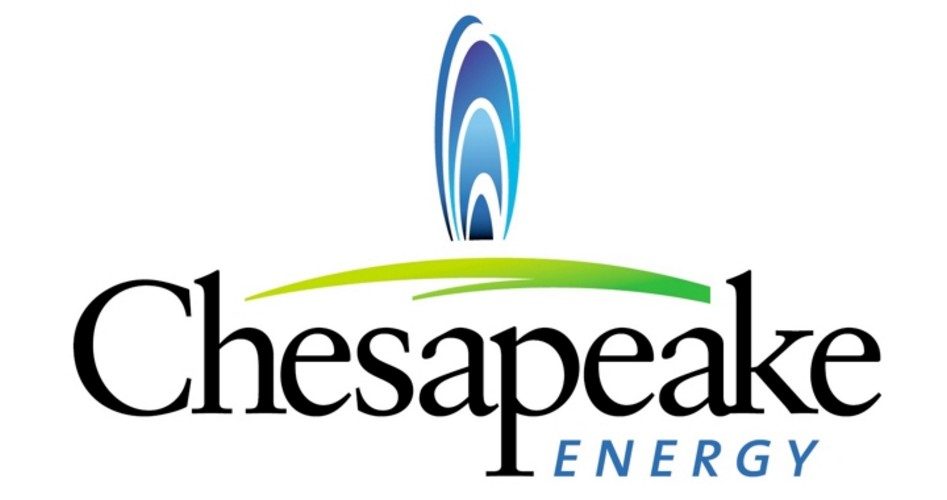
On Monday, at 11:18 a.m., the second-largest natural gas company in the country issued this terse statement:
Kirkland & Ellis LLP has served as one of Chesapeake’s counsel since 2010 and continues to advise the company as it seeks to further strengthen its balance sheet following its recent debt exchange. Chesapeake currently has no plans to pursue bankruptcy and is aggressively seeking to maximize value for all shareholders.
Ominously, when Timothy Puko of the Wall Street Journal asked for clarification, he wrote “A Chesapeake spokesman declined to elaborate further.”
The company has been in survival mode since November of 2014, when it offloaded some of its choicest properties in a $5-billion transaction in order to shore up its balance sheet. It did a debt exchange — old bonds for equity in the company — last December that brought the $11 billion it owed to just a little under $10 billion.
Investors have gotten hammered since oil and natural gas prices peaked in the summer of 2014. At the time, Chesapeake stock (symbol CHK) was trading at $34 a share. When the market closed on Friday, February 5, its last trade was at $3.06 a share. When the market opened on Monday, CHK dropped to $1.50 a share on rumors that the company was on the verge of bankruptcy. Hence, the company’s statement above.
Bondholders have fared only slightly better. Those holding Chesapeake bonds that mature next month saw their market values drop briefly to 70 cents on the dollar before rebounding to 87 cents. Those holding longer-term bonds, due in December 2018, saw them quoted (if buyers could be found) at 27 cents on the dollar.
Standard & Poor’s rates Chesapeake’s bonds at CCC+, which is “non-investment grade,” or “junk” in Wall Street’s vernacular. This tier is defined as bonds with “substantial risks,” just above “extremely speculative” and two tiers above “default imminent with little prospect for recovery.”
Ever since Doug Lawler signed on as CEO following the ugly departure of the company’s founder, Aubrey McClendon, in May 2013, he has had his hands full in trying to right the ship that McClendon built. Started with just $50,000 and 10 employees in 1989, Chesapeake found itself at the front of the fracking wave that promised gigantic profits for those positioned to take advantage of them. Today the company employs 5,500 people with revenues in 2011 exceeding $11 billion.
McClendon, however, suffered from what is called “straight line thinking in a curvilinear world.” With natural gas prices at $4 per 10 million cubic feet and production costs far below that, McClendon saw his opportunity and he and his company took it. The company is now reaping the whirlwind of natural gas prices at $2.12, at 40-percent drop since last May.
More revealing than the company’s admission that it has been working with Kirkland & Ellis, an international law firm that specializes in corporate debt “restructurings,” is the arrival of Evercore Partners to help keep the company afloat. Evercore also specializes in corporate mergers, acquisitions, divestitures, and restructurings along with “other strategic transactions.”
Lawler is going to need all the help he can get. The company will report earnings on February 24, which is likely to be ugly as the company has posted a string of quarterly losses since the end of 2014.
The combination of collapsing oil and natural gas prices along with that “straight line” thinking that drove the company into its present precarious position is now putting Chesapeake Energy at serious risk of bankruptcy. At present, the company is losing both airspeed and altitude and whether Lawler can pull the company out of its nosedive will very shortly be learned.
A graduate of an Ivy League school and a former investment advisor, Bob is a regular contributor to The New American magazine and blogs frequently at LightFromTheRight.com, primarily on economics and politics. He can be reached at [email protected].
Related article:



